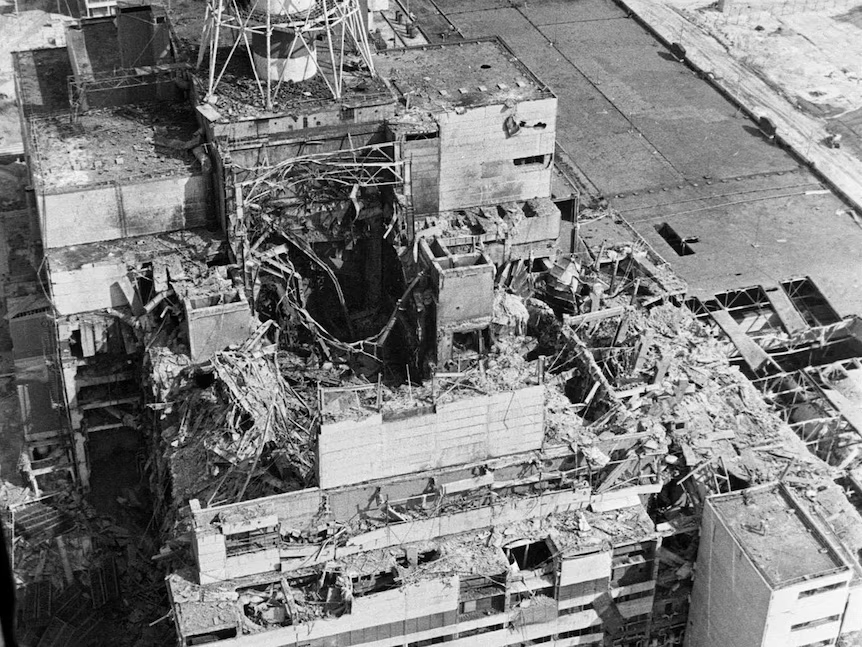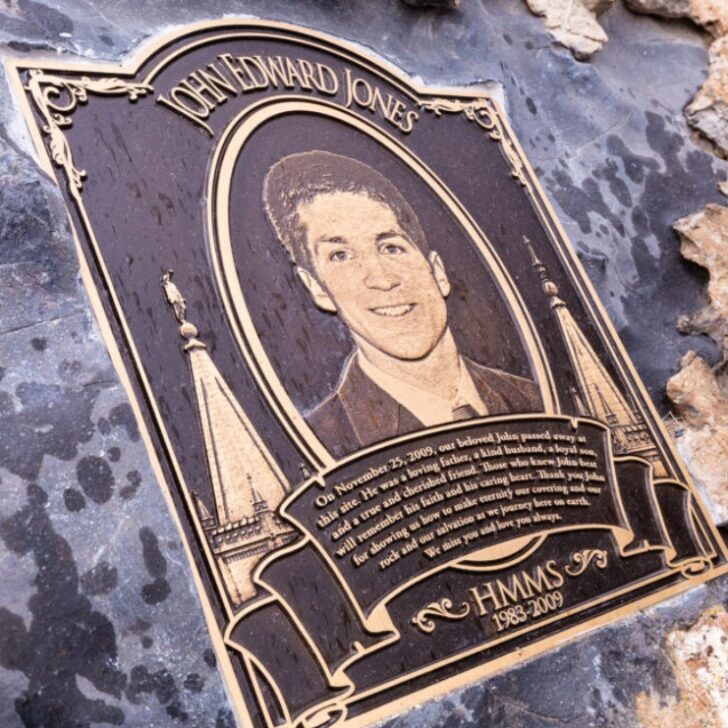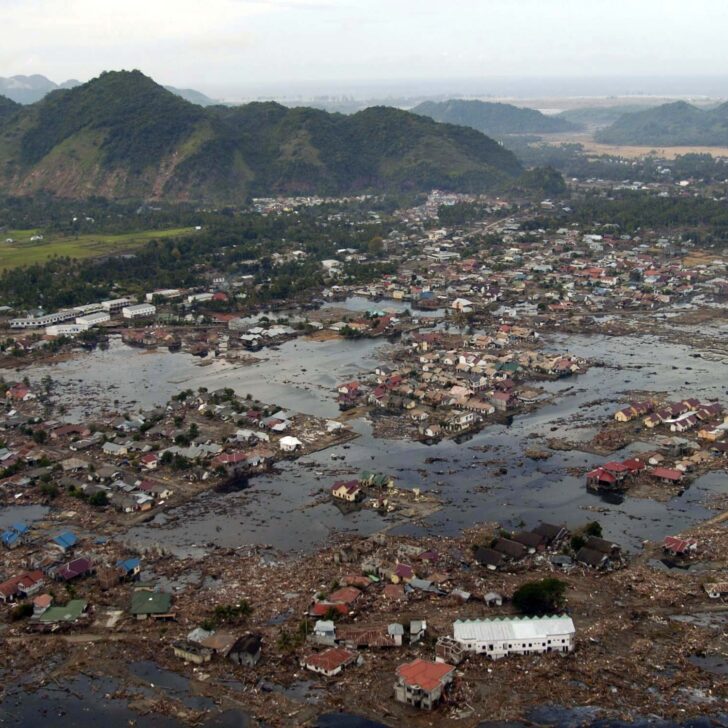As the 1980s progressed, the future buzzed with the promise of the atom. Nuclear energy, once synonymous with unimaginable devastation, had undergone a remarkable change.
Nuclear energy was now being hailed as a clean and efficient solution to the world’s ever-growing energy demands.


Nations around the world, including the United States and the Soviet Union, embarked on ambitious nuclear power programs, constructing reactors that promised to power cities with clean and efficient energy.
However, this seemingly unlimited source of energy was not without its risks. On the morning of April 26, 1986, a catastrophic explosion in Reactor No. 4 at the Chernobyl Nuclear Power Plant in Ukraine, released a massive amount of radiation into the atmosphere.
The consequences were immediate and devastating. Firefighters and plant workers, the first responders to the scene, were exposed to lethal doses of radiation, many sacrificing their lives to contain the inferno. The nearby city of Pripyat was evacuated, leaving behind a ghost town frozen in time.
In this article we will examine the chain of events that led to the explosion in Reactor No. 4, the human and environmental toll it, and the ongoing efforts to ensure the safety of the affected region.
Power Plant And Reactor Design
The Chernobyl Nuclear Power Plant was a symbol of Soviet engineering and housed four RBMK reactors.
Unlike the more common pressurized water reactors used in the West, the Russian RBMK design was known for its inherent instability at low power levels and lack of a robust containment structure. This made the reactor prone to power surges and difficult to control in emergencies.
The RBMK reactor’s design also incorporated a positive void coefficient, which meant as the reactor’s power increased, so did the formation of steam voids in the coolant water.
These voids reduced the cooling capacity, leading to further power increases and creating a dangerous feedback loop that could quickly spiral out of control.
Western reactors were designed with a containment dome that acted as a crucial safety barrier to prevent the release of radioactive material into the environment in the event of an accident.
The absence of a containment dome at Chernobyl, combined with a series of human errors, would ultimately prove fatal on that fateful night in April 1986.
The Night Of The Disaster: A Cascade Of Errors
Just past midnight on April 26, 1986, a safety test was started on Reactor No. 4. The test was to check if the reactor could still cool down even if it lost power. However, a series of critical mistakes, combined with the reactor’s existing design problems, led to a disaster no one had seen before.
The first major mistake was a severe drop in the reactor’s power, making it unstable. On top of that, essential safety systems were turned off, causing the power to surge out of control.
As the reactor’s core temperature shot up, an explosion destroyed the reactor vessel and started graphite fires. These fires released huge amounts of radioactive material into the air.

The Chernobyl disaster wasn’t just one mistake but a series of them. Poor training, miscommunication, and ignoring safety rules all played a part. The people in charge of the reactor, who were under pressure to finish the test, didn’t see the warning signs and didn’t understand how bad things could get.
The explosion and fires that followed were huge, releasing tons of radioactive material like iodine-131, cesium-137, and strontium-90 into the environment. This contamination would cause problems for people and the environment for years to come.
Aftermath: Chaos, Evacuation, And Health Crisis
Immediately after the Chernobyl explosion, firefighters and plant workers rushed to fight the fire in the ruined reactor, unaware of the dangerous radiation around them. This exposure took a toll on these first responders, with many falling ill and dying from radiation sickness in a matter of weeks.
Soviet officials were slow to admit how bad the situation was, delaying the evacuation of Pripyat, the nearby city. It took 36 hours for buses to arrive and move the 50,000 residents. The evacuation was unorganized, with people forced to abandon their homes and belongings at gunpoint.
The health problems caused by the disaster were immediate and deadly. Those closest to the explosion suffered the worst of it. Firefighters, plant workers, and Pripyat residents experienced radiation sickness, a debilitating condition caused by radiation exposure.
This led to symptoms like nausea, vomiting, hair loss, skin burns, and, in the worst cases, organ failure and death.
Even after the initial disaster, the health problems continued. Thousands of people, especially those young at the time, got thyroid cancer from radioactive iodine exposure. Studies also show more cases of leukemia and other cancers in the affected population.
Containment: A Race Against Time And Radiation
In the chaotic aftermath of the Chernobyl explosion, containing the lethal radiation spewing from the destroyed reactor became priority number one.
The initial response was a whirlwind of improvised measures and heroic actions taken by thousands of workers who faced unimaginable danger.
Helicopters dropped tons of sand, lead, and boron onto the exposed reactor core in a frantic attempt to smother the flames and suppress further nuclear reactions. Teams of miners toiled underground to create a tunnel beneath the reactor to prevent the molten core from reaching groundwater.
The most ambitious containment effort was the construction of a massive concrete sarcophagus, hastily built around the damaged reactor. This imposing structure was completed in just six months and was designed to seal off the reactor and prevent the further escape of radioactive material.
Environmental Impact And The Exclusion Zone
The Chernobyl nuclear disaster unleashed an environmental catastrophe that continues across the region to this day. The explosion and subsequent fires released a massive plume of radioactive isotopes, contaminating vast areas of land, water, and air.

In the immediate aftermath, a 19-mile radius surrounding the Chernobyl plant was designated as the Chernobyl Exclusion Zone, a desolate and largely uninhabitable area due to persistently high levels of radiation.
Within the exclusion zone, radioactive fallout poisoned the soil, water bodies, and vegetation, leading to the death of countless plants and animals. Forests turned a ghostly shade of red before withering away, earning the grim moniker “Red Forest.”
The radioactive fallout from Chernobyl spread far and wide, carried by wind and weather patterns.
Radioactive particles spread across Europe, contaminating crops, livestock, and water sources. This led to restrictions on food production and consumption in many countries, impacting agriculture and livelihoods for years to come.
While the heaviest contamination occurred in the immediate vicinity of the plant, measurable levels of radiation were detected as far away as Western Europe and even North America.
An estimated 58,000 square miles of land across Belarus, Russia, and Ukraine were contaminated to varying degrees. This vast expanse of land, roughly the size of Greece, remains largely uninhabitable due to high radiation levels.
When Will The Exclusion Zone Become Habitable Again?
The question of how long the Chernobyl Exclusion Zone will remain uninhabitable is complex and depends on several factors, including:
Types of Radioactive Isotopes: The zone is contaminated with various radioactive isotopes, each with different half-lives. Some isotopes, like Iodine-131, have relatively short half-lives (8 days), while others, like Cesium-137 (30 years) and Strontium-90 (28.8 years), persist for decades. Plutonium-239 has a half-life of 24,100 years.
Levels of Contamination: The levels of contamination vary significantly within the exclusion zone. Some areas are highly contaminated and will likely remain uninhabitable for thousands of years, while others have lower levels and could potentially be remediated sooner.
Given these complexities, estimates for the time it will take for the exclusion zone to become fully habitable vary widely.
Some scientists believe that with extensive remediation efforts, certain less contaminated areas within the zone could become habitable within a few hundred years.
Other experts predict that the most contaminated areas, particularly near the reactor site, may remain uninhabitable for tens of thousands of years due to the long-lived isotopes present.
Chernobyl Today
Even after 38 years, there are still ongoing issues related to containing radioactive material, monitoring the environment, and addressing the long-term health problems caused by radiation.
With concerns mounting about the sarcophagus’ deteriorating condition, a new, more permanent solution was needed.
In 2016, The New Safe Confinement, a colossal arch-shaped structure, was built as a long-term solution to entomb the damaged reactor and ensure the safety of the surrounding area.
The New Safe Confinement is designed to withstand extreme weather conditions and remain intact for at least 100 years. Equipped with advanced ventilation and remote-controlled cranes, it allows for the safe dismantling of the reactor and management of radioactive waste.
Scientists continue to monitor the exclusion zone, tracking radiation levels and studying how the disaster has affected the environment and wildlife over time.
While the Chernobyl Exclusion Zone remains off-limits to humans, nature has shown a remarkable comeback. Populations of wolves, lynx, wild boar, and other animals have returned and flourished.
The zone has been transformed into a unique and unexpected wildlife refuge, proving that nature can reclaim even the most damaged landscapes and offers a glimmer of hope for the future of the region.
Sources
https://en.wikipedia.org/wiki/Chernobyl_disaster













Leave a comment